
I do love me some infographics and this one is especially interesting. I’ll include the information in its text form below so that it’s accessible to folks with screen readers and who prefer their numbers without images.
Maybe this is a case of looking for data that support my choices, but I sure do like what I’m seeing here. Our experience corroborates many of the assertions.
- We live in a state that requires notice of intent to homeschool and testing. (Tennessee also recognizes private “umbrella” schools that are allowed to set their own standards for their enrolled families. We enroll with an umbrella school. So, while I call us homeschoolers, we technically operate a satellite campus of a private school.)
- My husband and I both have college degrees — mine’s a master’s.
- We are homeschooling two kids.
- We homeschool due to our negative experiences with our public schools’ approach to educating brilliant kids with autism. (I’ll leave the rest of that story for another day.)
- The kids routinely score in the 90th percentile and above on standardized assessments.
- They are absolutely involved in our community and are politically aware and active (watch out!) and read voraciously every single day.
- We spend about $150 on enrollment fees and another $540 for access to our online curriculum. Add in memberships to museums and some supplemental materials, and we spend right at $1000 a year for two kids’ education. (This, obviously, doesn’t reflect the fact that I teach them for free — or in lieu of working full time — which would make the actual opportunity cost of homeschooling about fifty times what we pay for curriculum.)
I’m so hoping that the “When They Grow Up” stuff works out beautifully for our kids. I mean, that’s kind of the whole point, no? I want them to have wide open educational and career opportunities. I’d love it if they saw their homeschool experience as giving them an advantage and as being a good thing overall. It’s my fervent desire that our decision to pull our kids out of the public system and do it on our own is a rollicking success.
Let’s face it. I fretted over which stroller to buy for a year. I rarely make a decision lightly given all of the fun ways to weigh the options! So scores and neat statistics demonstrating the prudence of our choices are reassuring.
But you know what? So is the right now, really real experience of having good days where they are learning at their own paces in their own styles and reading for both content and pleasure and playing with their friends and trying new things and wandering into an art project that takes all day and into the night and the next day, too.
So, yeah, I like this graphic. But I’d homeschool even if it wasn’t as pretty.
— — — — —
The complete text content from the infographic displayed above is pasted here. It should be noted that this infographic and the data below were from a commercial website promoting master’s degrees in education. Caveat emptor.
HOMESCHOOLED: HOW AMERICAN HOMESCHOOLERS MEASURE UP
Once upon a time, all children were homeschooled. But around 150 years ago states started making public school mandatory and homeschooling eventually became illegal. It wasn’t until the 90’s that all states made it legal again. Today, with more than 2 million homeschoolers making up 4% of the school-aged population, it’s the fastest growing form of education in the country.
HOMESCHOOL HISTORY
- 1840: 55% of children attended primary school while the rest were educated in the home or by tutors.
- 1852: The “Common School” model became popular and Massachusetts became the first state to pass compulsory attendance law. Once compulsory attendance laws became effective, America eventually relied entirely on public and private schools for educating children. Homeschooling then became something only practiced by extremely rural families, and within Amish communities.
- 1870: All states had free primary schools.
- 1900: 34 states had compulsory attendance laws.
- 1910: 72% of children attended primary school.
- 1960: Educational reformers started questioning public schooling’s methods and results.
- 1977: “Growing Without Schooling” magazine was published, marking a shift from trying to reform public education to abandoning it.
- 1980: Homeschooling was illegal in 30 states.
- 1983: Changes in tax law forced many Christian Schools to close which led to soaring homeschooling rates.
- 1993: Homeschooling become legal in all 50 states and saw annual growth rates of 15-20%.
Today:
32 states and Washington D.C. offer Virtual Public Schools – free education over the internet to homeschooling families: Alaska, Arizona, Arkansas, California, Colorado, District of Columbia (DC), Florida, Georgia, Hawaii, Idaho, Illinois, Indiana, Iowa, Kansas, Louisiana, Massachusetts, Michigan, Minnesota, Nevada, New Mexico, New Jersey, Ohio, Oklahoma, Oregon, Pennsylvania, South Carolina, Tennessee, Texas, Utah, Virginia, Washington, Wisconsin, Wyoming.
4 States offer tax credits for homeschooling families: Iowa, Arizona, Minnesota, Illinois.
10 States don’t require notification of homeschooling: Alaska, Idaho, Texas, Oklahoma, Missouri, Illinois, Indiana, Michigan, New Jersey, Connecticut.
14 States require notification of homeschooling: California, Nevada, Arizona, Utah, New Mexico, Wyoming, Montana, Nebraska, Kansas, Mississippi, Alabama, Kentucky, Wisconsin, Delaware.
20 States and D.C. require notification of homeschooling, test scores and/or professional evaluation of students: Washington, Oregon, Colorado, South Dakota, Minnesota, Iowa, Arkansas, Louisiana, Florida, Georgia, South Carolina, North Carolina, Tennessee, Virginia, West Virginia, Ohio, Maryland, New Hampshire, Maine, D.C., Hawaii.
6 States require notification of homeschooling, test scores and/or professional evaluation of students; plus other requirements like curriculum approval, parent qualification, home visits by state officials: North Dakota, Pennsylvania, New York, Massachusetts, Vermont, Rhode Island.
No Federal help is available to homeschooling families yet. The IRS says that homeschooling costs “are nondeductible personal, living, or family expenses.”
HOMESCHOOL GROWTH
Home schooling is the fastest growing form of education in the country.
- 1999: 850,000 homeschoolers (1.7% of the school-aged population)
- 2003: 1.1 million homeschoolers (2.2% of the school-aged population)
- 2007: 1.5 million homeschoolers (2.9% of the school-aged population)
- 2010: 2.04 million homeschoolers (4% of the school-aged population)
- From 2007- 2009 home-schoolers increased ate a rate of 7%/year
- From 2007- 2009 public-schoolers increased at a rate of 1%/year
HOMESCHOOL PARENTS
Education Level of Homeschooling Parents (Fathers/Mothers)
- No High School Degree: 1.4% / 0.5%
- High School Degree: 8.4% / 7.5%
- Some College: 15.4% / 18.7%
- Associate’s Degree: 8.6% / 10.8%
- Bachelor’s Degree: 37.6% / 48.4%
- Master’s Degree: 20% / 11.6%
- Doctorate Degree: 8.7% / 2.5%
Number of children in homeschooled families:
- 1 child: 6.6%
- 2 children: 25.3%
- 3 children: 26%
- 4-6 children: 35.9%
- 7+ children: 6.3%
Most important reasons parents say they homeschool their kids (students, ages 5-17, 2007):
- 36 %: To provide religious or moral instruction
- 21 % : Concern about the environment of other schools: safety, drugs, and negative peer pressure
- 17 %: Dissatisfaction with academic instruction at other schools
- 14 %: Unique Family Situation such as time, finances, travel, and distances
- 7 %: Nontraditional approach to child’s education
- 4 %: Child has other special needs
- 2%: Child has a physical or mental health problem
HOMESCHOOL STUDENTS
Standardized achievement tests: On average, homeschoolers rank in at the 87th percentile. (Note: The 87th percentile is not the test score. It is the percent of students that scored lower… so, only 13% of students scored higher.)
- Boys: 87th
- Girls: 88th
- Reading: 89th
- Language: 84th
- Math: 84th
- Science: 86th
- Social Studies: 84th
- Core: 88th
- Parents income <$35,000: 85th
- Parents income $35,000-$70,000: 86th
- Parents income >$70,000: 89th
- Parents spend <$600/child/year: 86th
- Parents spend >$600/child/year: 89th
- Neither parent has a college degree: 83rd
- Either parent has a college degree: 86th
- Both parents have college degrees: 90th
- Neither parent has a teaching certificate: 87th
- Either Parent has a teaching certificate: 88th
Grade Placement compared to public schools:
- Behind: 5.4%
- On track: 69.8%
- Ahead: 24.5%
WHEN THEY GROW UP
Homeschooled Adults’ Perception of Homeschooling
“I’m glad that I was homeschooled”
- Strongly Agree: 75.8%
- Agree: 19.4%
- Neither: 2.8%
- Disagree: 1.4%
- Strongly Disagree: 0.6%
“Homeschool gave me an advantage as an adult”
- Strongly Agree: 66.0%
- Agree: 26.4%
- Neither: 5.7%
- Disagree: 1.5%
- Strongly Disagree: 0.4%
“Homeschool limited my educational opportunities”
- Strongly Agree: 1.0%
- Agree: 4.2%
- Neither: 6.6%
- Disagree: 29.2%
- Strongly Disagree: 58.9%
“Homeschool limited my career choices”
- Strongly Agree: 0.9%
- Agree: 1.2%
- Neither: 3.9%
- Disagree: 18.8%
- Strongly Disagree: 75.3%
“I would homeschool my own children”
- Strongly Agree: 54.8%
- Agree: 27.3%
- Neither: 13.5%
- Disagree: 2.8%
- Strongly Disagree: 1.6%
Homeschooled / General Population
- Participate in an ongoing community service activity (71% / 37%)
- Consider politics and government too complicated to understand (4.2% / 35%)
- Read a book in the past six months? (98.5% / 69%)
- Continue on to college (74% / 49%)
“Taken all together, how would you say things are these days–would you say that you are …”
- Very happy (58.9% / 27.6)
- Pretty happy (39.1% / 63%)
- Not too happy (2% / 9.4)
HOMESCHOOL COST
Average homeschool family spends $500/child/year.
The average public school spends $9,963 per child per year, not including capital expenditures or research and development.
Sources
http://www.synergyfield.com/homeschooling_parent/homeschooling/a-brief-history-of-american-homeschoolin/
http://www.education.com/reference/article/home-schooling1/
http://www.sharefaith.com/guide/christian-education/homeschool/homeschool-history.html
http://en.wikipedia.org/wiki/History_of_education_in_the_United_States
http://www.edweek.org/ew/issues/home-schooling/
http://nces.ed.gov/pubs2009/2009030.pdf
http://www.hslda.org/docs/study/ray2009/2009_Ray_StudyFINAL.pdf
http://www.hslda.org/docs/media/2009/200908100.asp
http://epaa.asu.edu/ojs/article/view/543/666
http://www.nheri.org/HomeschoolPopulationReport2010.pdf
http://blogs.christianpost.com/bright-ideas/home-schooling-state-laws-infographic-11302/
http://www.hslda.org/research/ray2003/HomeschoolingGrowsUp.pdf
http://www.freerepublic.com/focus/chat/2903485/posts
http://www.bankrate.com/brm/news/advice/20041109a2.asp
http://www.hslda.org/earlyyears/Costs.asp
http://www.homeeddirectory.com/articles/1_feb10
http://www.k12.com/schools-programs/online-public-schools#.UfATehZdU6o
http://www.connectionsacademy.com/our-schools/availability.aspx

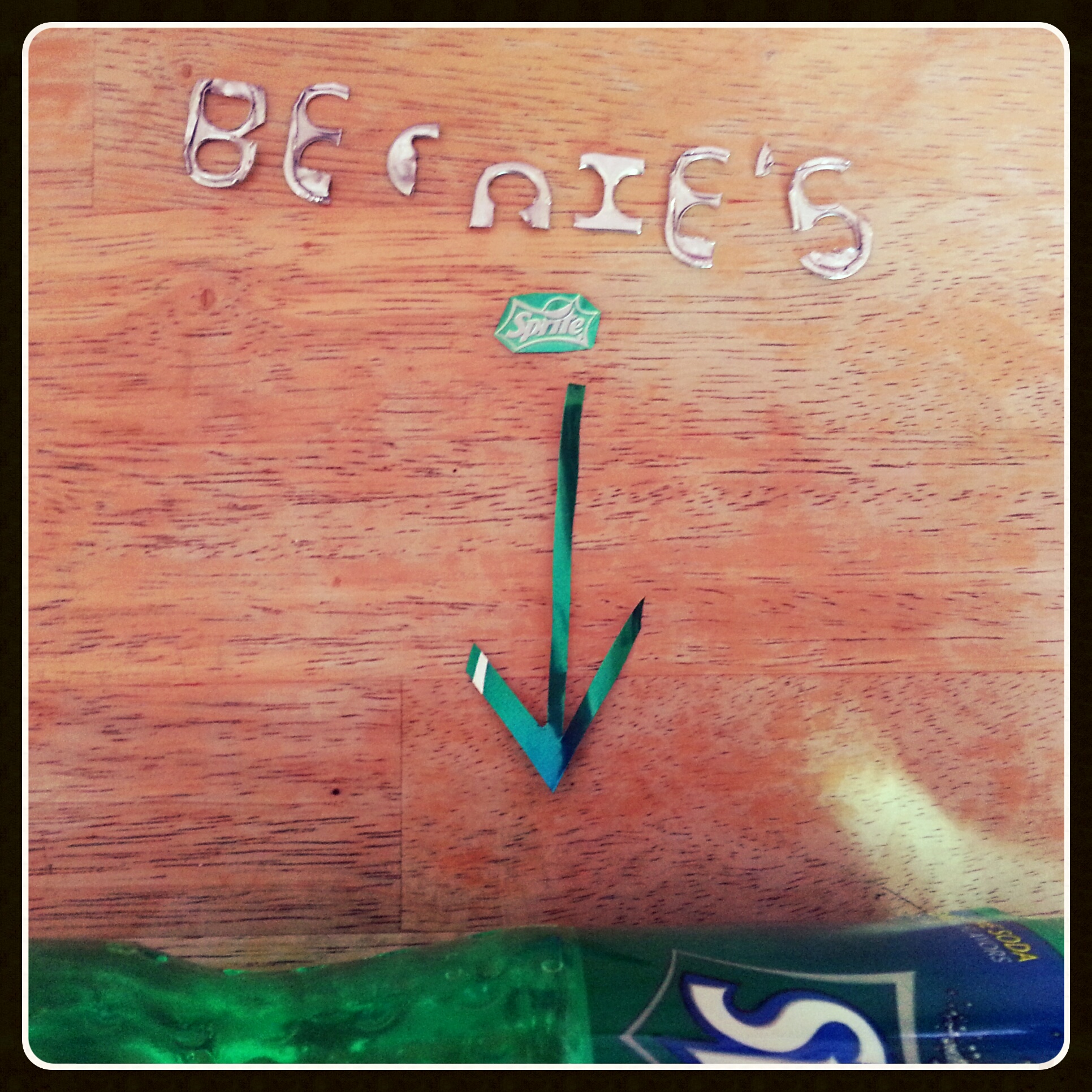

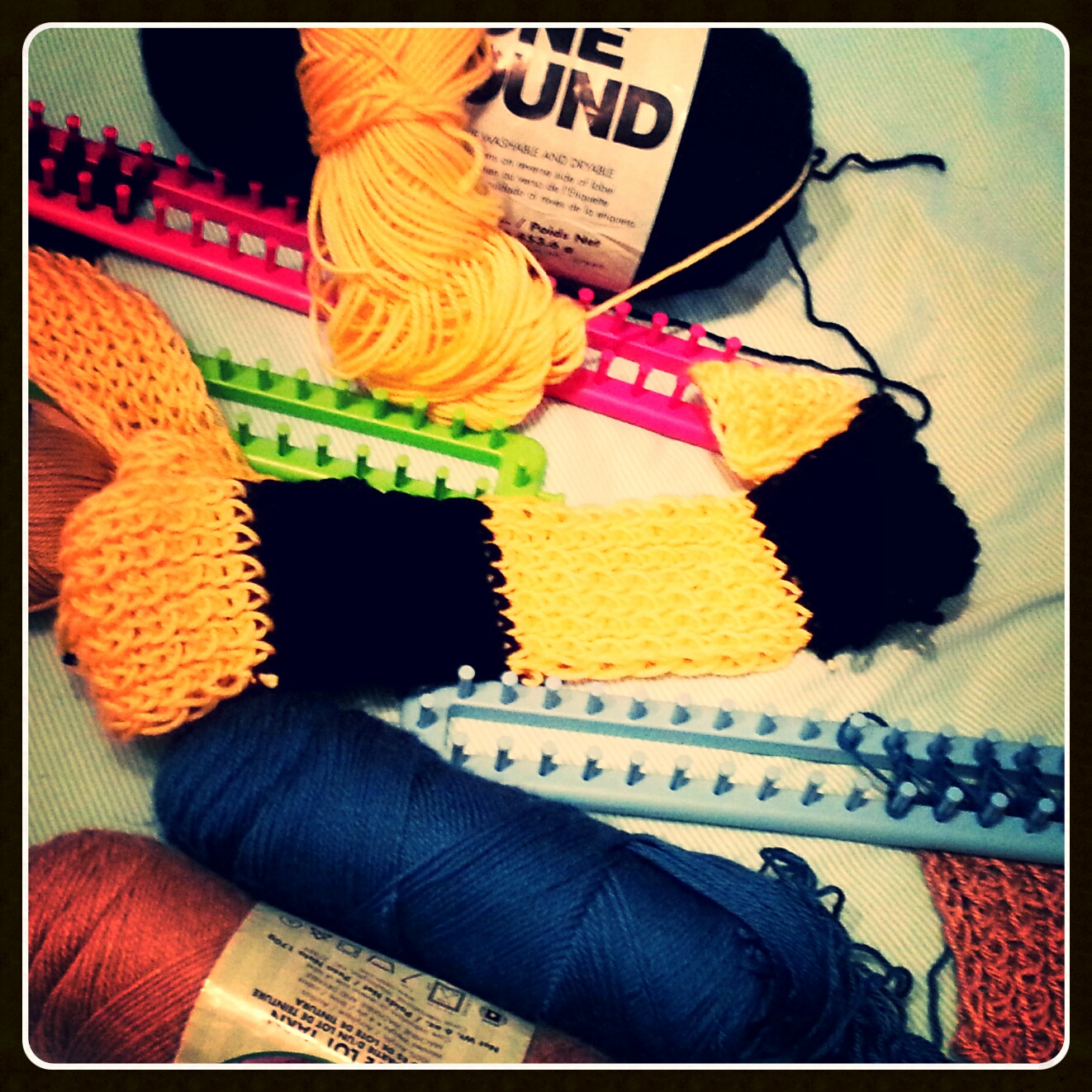
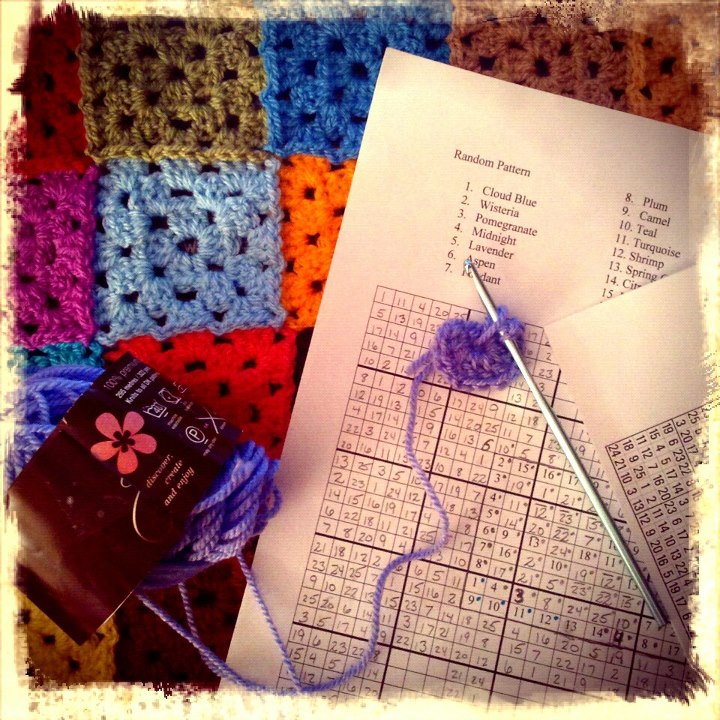



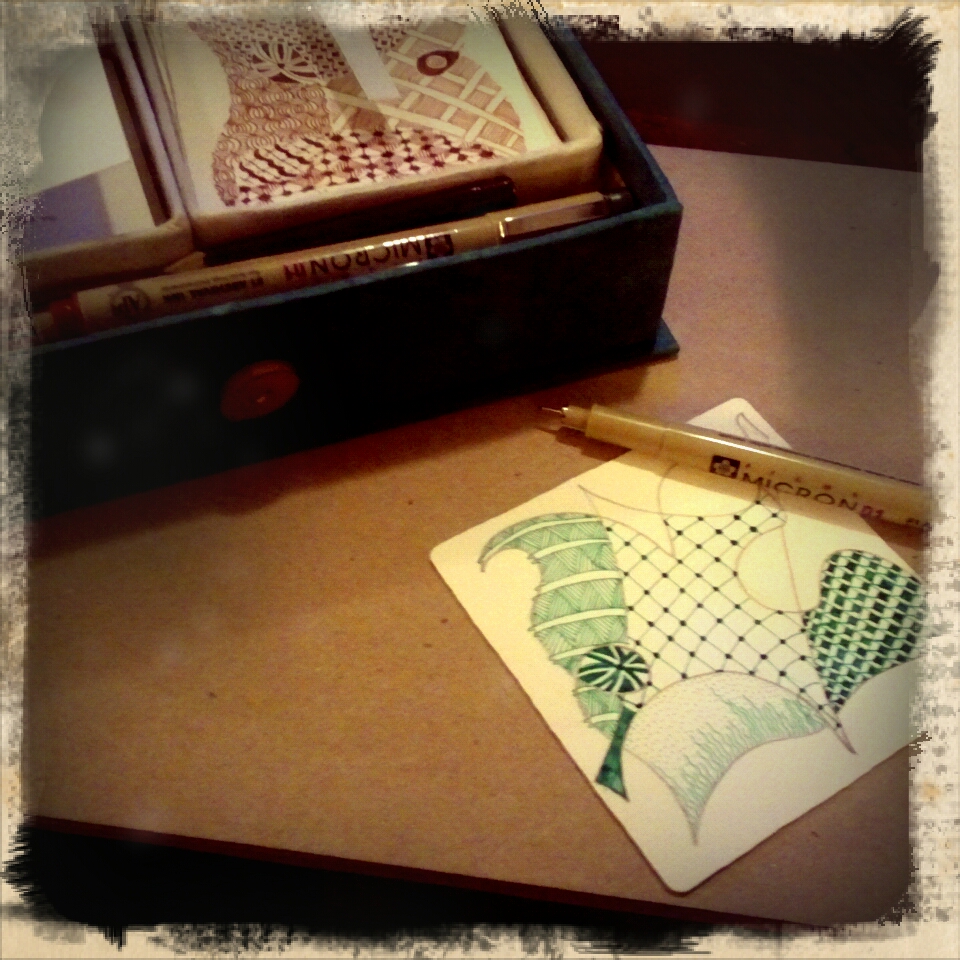
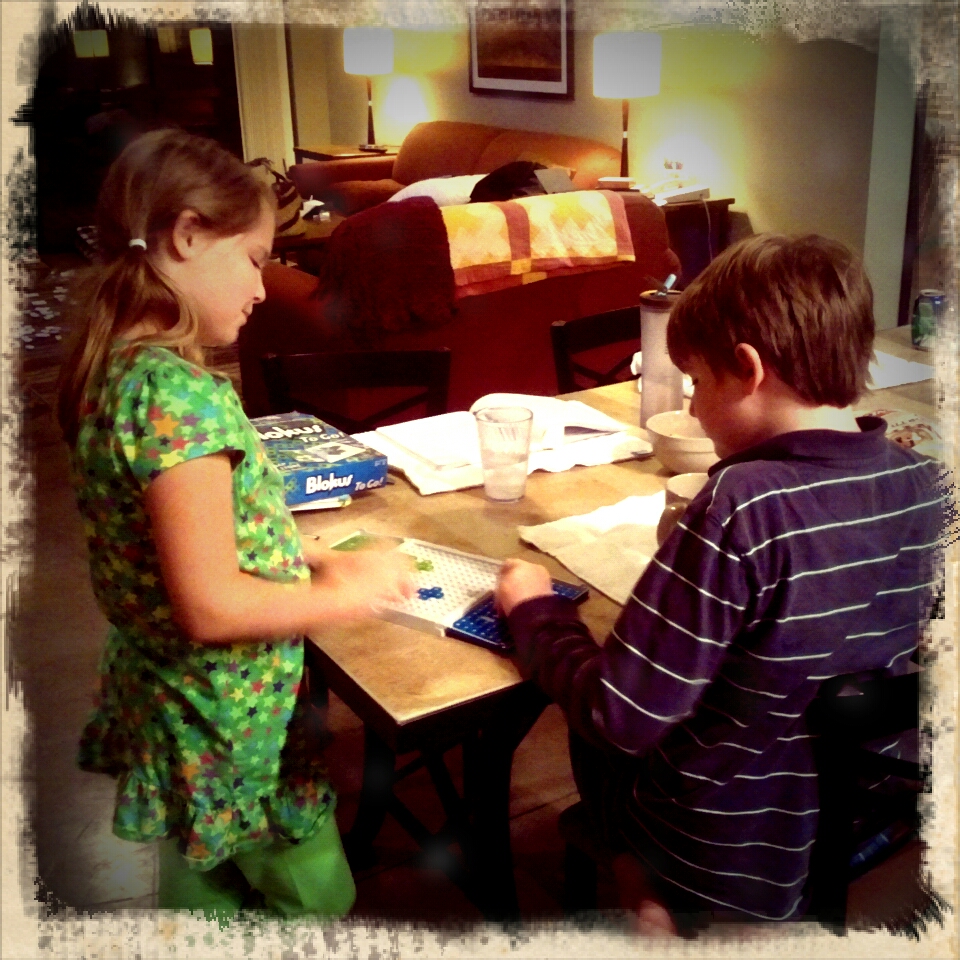



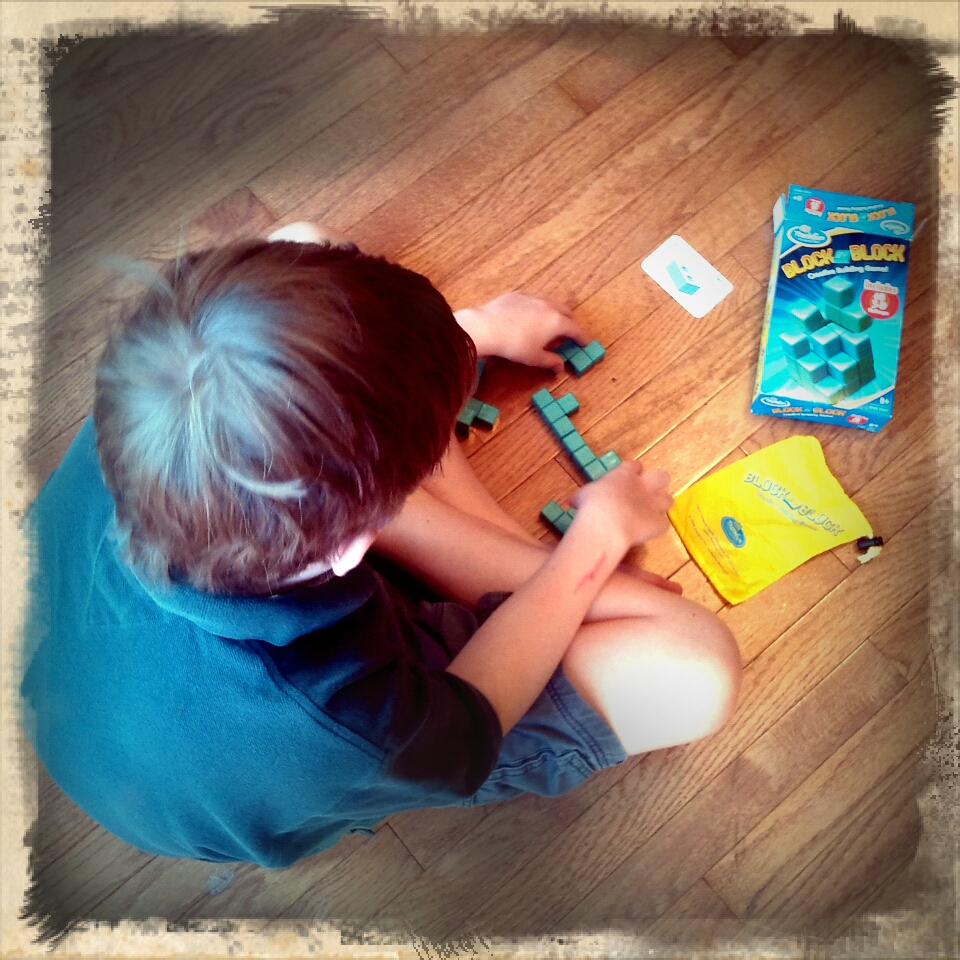

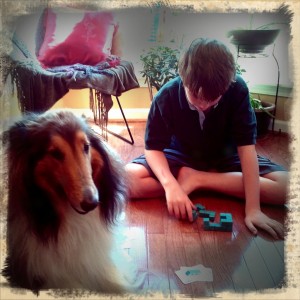
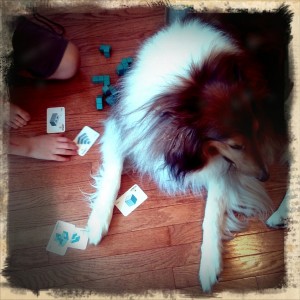
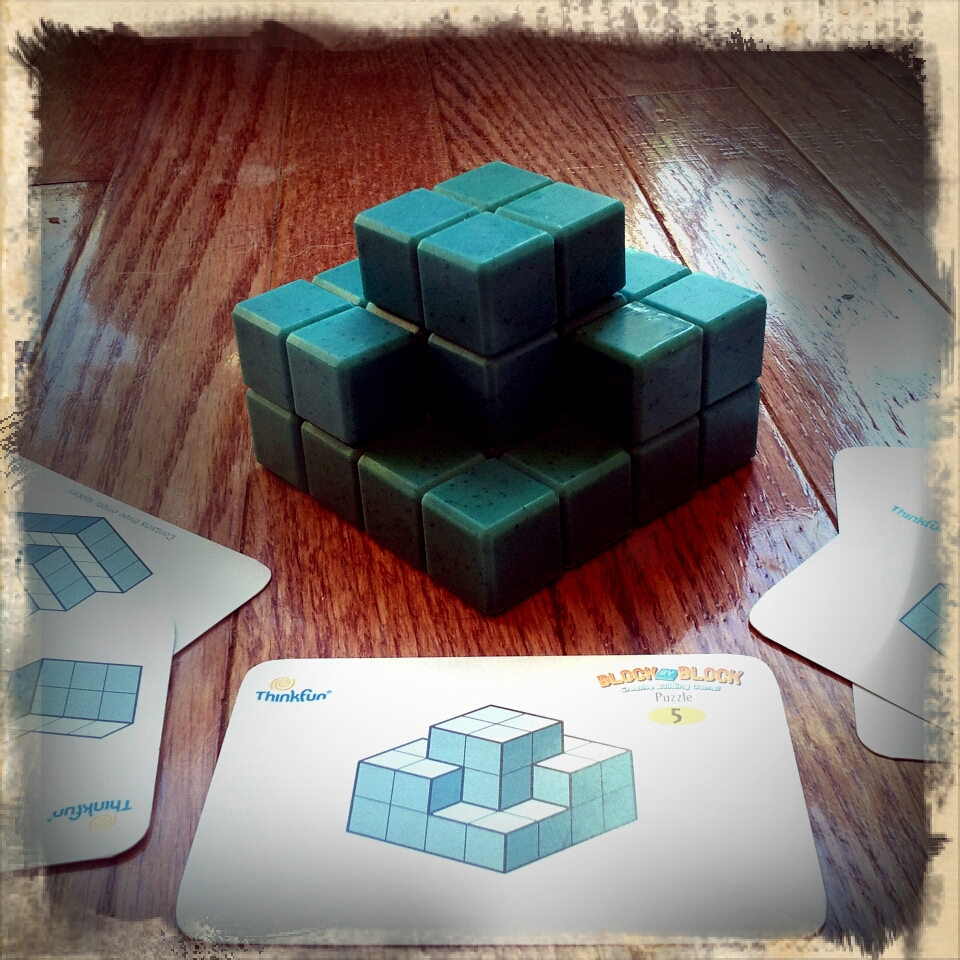
your thoughts